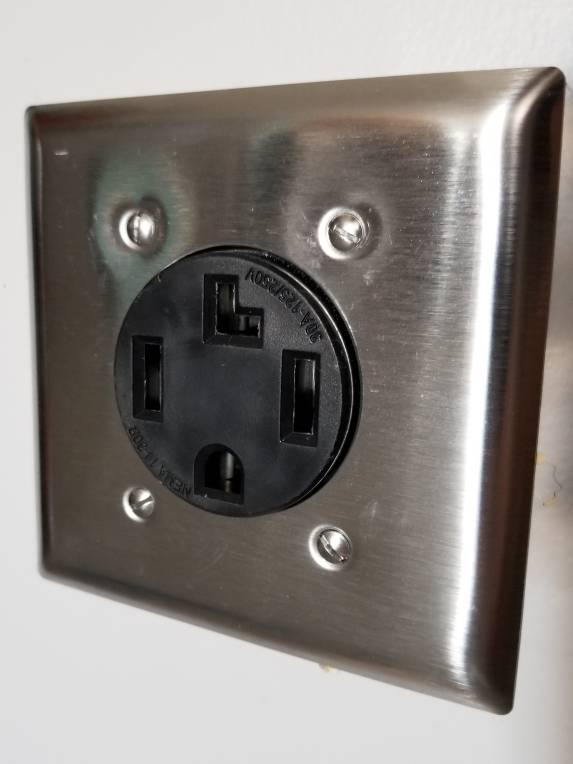Im not sure I understand what it is you're doing. The whole LODO thing , I mean. The grist will already have oxygen in it. and do you or do you not aerate your wort before pitching? I'm rather confused why one would go to the trouble of all this . what does it do ,really.
The short version is that oxidation of the grist and the wort, prior to the boil, robs malt flavors from the result.
The approach is to try to limit that as much as possible. Crushing the grain JUST before dough-in so the crushed pieces of grain are exposed to the atmosphere as short a time as possible (some even go so far as to fill the mash tun with CO2, and to purge their lines as well). Pre-boil the strike water. Add potassium metabisulfite (campden tablets) to the strike water as an oxygen scavenger. Using a mash cap to isolate the mash from the atmosphere. No splashing. Underlet the grain when doughing in. Transfer wort to boil kettle with no splashing, and use a wort cap on top of the wort in the BK to, again, limit atmosphere exposure until it's boiling....
Once you're boiling the wort you have the same condition as preboiling the strike water. Once you transfer to fermenter you do need to oxygenate (usually, though the dry yeast people say you don't have to with that). In my case, i'll pitch an active starter into the wort so the yeast gets going as fast as possible and consumes the oxygen ASAP.
It's all fiddly, and is a somewhat lengthy learning curve while one figures out how to manage all the moving parts.
I brewed Sunday doing this. I took a sample of the wort using a pipette, checked gravity with my refractometer (a few drops), and then squirted the rest in my mouth. Wowee! Sweet, flavorful--it's almost shocking.
I also took a sample with a turkey baster for checking pH. Let that cool for a while in a "frozen" whiskey glass, pH was fine. After all that, tasted that sample, and the flavors were very muted compared to the original pipette. Why? Exposed to air, a lot.






















![Craft A Brew - Safale S-04 Dry Yeast - Fermentis - English Ale Dry Yeast - For English and American Ales and Hard Apple Ciders - Ingredients for Home Brewing - Beer Making Supplies - [1 Pack]](https://m.media-amazon.com/images/I/41fVGNh6JfL._SL500_.jpg)





































